
Salt and Sacrifice (PC) - Review
by Paul Broussard , posted on 31 May 2022 / 2,436 ViewsIt really can’t be overstated how much game reviewers sacrifice sometimes. My intention had been to review Salt and Sacrifice on the PS4, but my console went on the fritz, and with PS5s being slightly rarer than living bengal tigers at the moment, my only option for playing Salt and Sacrifice was PC. So I held my nose and, after apologizing to my family, finally took the plunge and defiled my computer with the Epic Games launcher. After receiving my heretic’s branding from Gabe Newell, I opened up Salt and Sacrifice and stepped dazed into a new world, ready to experience its sights and sounds, before being killed in two hits by a giant elephant wielding what appeared to be the world’s largest cast iron frying pan. The things I do for you all.
Salt and Sacrifice comes to us from Ska Studios, and is the second entry in the Salt series of Soulslike games. The first title, Salt and Sacrifice, was so Dark Souls in nature that it felt dangerously close to just being a two dimensional copy of its big brother. A bleak world where killing enemies gives the player exp points, you lose all your exp points if you die and need to recover them from your point of death before dying again lest they disappear forever, and fights revolve around stamina management and careful roll timing; these are all pretty part and parcel of the genre. But when we bring in covenants, co-op signs, and messages left behind by other players, it starts to feel like we've just copied a very successful student's homework. So I was curious to see how Ska Studios would change things up in the sequel to try and set itself apart, and it turns out the answer was: grab a great big handful of Monster Hunter and pack it into the Dark Souls mix.
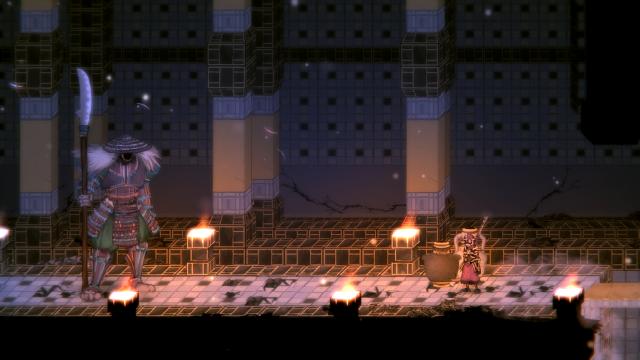
But we get ahead of ourselves. For much of the game, Salt and Sacrifice functions very similarly to Salt and Sanctuary; a 2D Souls-esque with more of an emphasis on platforming than its big brother. This time around we play as a criminal who, instead of being given the death sentence, is allowed to live as an Inquisitor who is responsible for hunting down various Mages terrorizing Alterstone Kingdom. After getting flattened by the aforementioned frying pan wielding intro boss, as is Souls tradition, we awaken in a small village and begin our Mage hunting expedition.
Which is where the first big change comes into play. Unlike Sanctuary, Salt and Sacrifice does not have a singular, large continuous world. Instead, the world functions more similarly to something like Demon’s Souls, with a number of separate areas that can only be reached by traveling through a portal at the main hub area. I’m not a huge fan of this change; I think these types of games tend to benefit more when the area feels like one large cohesive world rather than a number of entirely split-off zones, but it’s not a major annoyance. What is slightly harder to ignore is the other feature similar to earlier Souls games: wherein the player is only allowed to level up from the hub area. This wouldn’t be so bad on its own, but you can only warp from the hub area to the starting “bonfire” in the zone, meaning that if you’re deep into exploration and don’t want to risk losing your experience via death, you have to backtrack the whole way through the zone again.
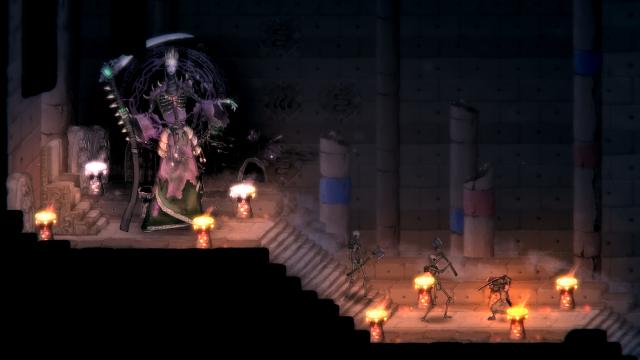
Gameplay still features a number of playable classes, which lends itself to your standard suite of playstyles. Paladins function as a more typical “knight” class from Dark Souls; Sages are more standard magic users; Rangers work as quicker, more versatile fighters with lower bulk; and there are other options in-between. Leveling up lets you adjust your build with a twist on the usual Souls leveling up formula by giving you a guaranteed vigor point and then letting you choose another stat to level up from a skill tree.
Once you’ve selected your class, hacked your way through the first boss that isn’t a fight you're supposed to lose, and upgraded your character, the main plot of the story kicks in. As an inquisitor, you have to track down and kill a series of mages, and this is where the Monster Hunter mechanics first come into play. The phrase “track down” in the last sentence was not included idly; you have to chase these baddies all over the map, fighting them in brief skirmishes several times before they settle down in one location and are willing to fight you properly.
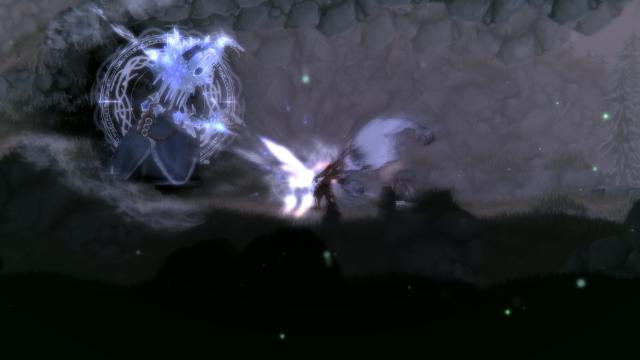
This was a bad idea in Metroid: Samus Returns and, as it turns out, making you cover twice as much ground was not the secret ingredient to making the running-away-boss gimmick enjoyable. What also doesn’t help is that, once you’ve initiated the mage-chasing segment, you cannot leave the area without having to restart the entire hunt. This means that you can’t level up with any of the salt you might have gained from enemies killed during all that running around without having to do it all over again.
Killing mages brings into focus the second major Monster Hunter element at play here. As with many a Soulslike, armor and weapons can be improved upon by upgrading them with various materials, but unlike most other Soulslikes, you don’t just find armor or weapons lying around, or take them from various enemies. Instead, you have to craft them yourself, from materials dropped by mages. And, just like in Monster Hunter, mages don't drop enough materials to craft an entire set on a first go, meaning that if you want to complete a set of armor/weapons, you'll have to initiate the same hunt on the same boss multiple times over.
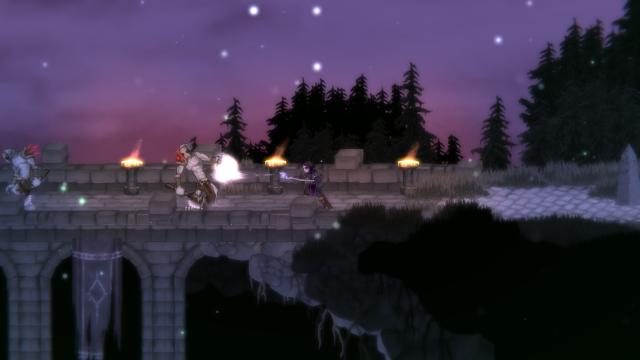
Now, don’t get me wrong. I like Monster Hunter. I like Dark Souls too. But I like them for very different reasons, in much the same way that I like both margaritas and ice cream. Unfortunately, as it turns out, Monster Hunter and Dark Souls go together about as well as margarita flavored ice cream. Wildly scrambling to chase an enemy all over the map is already terrible given the bleak, oppressive atmosphere that Soulslikes are supposed to create, and that’s before factoring in that you need to chase the same enemy around repeatedly for the sake of creating a bunch of cool armor sets.
I wouldn’t harp on this so much, but some of these armor/weapon sets feel almost essential at points. Armors/weapons have certain resistances and bonuses, and without the optimal set some of the later game mages are an immense slog, with health bars about as long as the Burj Khalifa. I’m sure these fights are all ultimately doable even with suboptimal equipment, and there’s probably at least 30 videos on YouTube right now of some level 1 guy beating them with a repurposed cooking pot as a controller, but at least as a first time player they got slow and tedious.
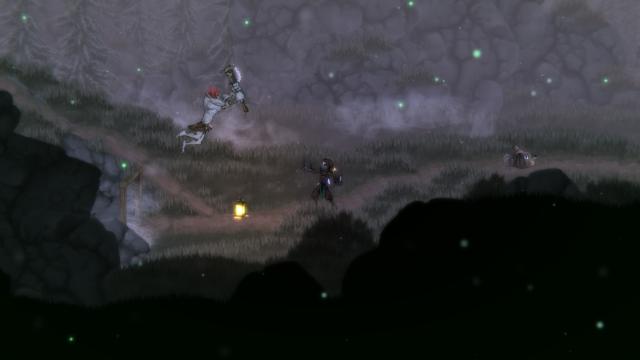
I don’t want this to come off as criticizing Ska for trying to differentiate itself from FromSoftware’s titles. In fact, I encourage that. But whatever changes are made, they have to mesh well with the identity of a Soulslike. Other well-regarded titles with heavy Souls inspiration like Nioh, Hollow Knight, Ender Lillies, and Jedi: Fallen Order all have plenty of Souls elements, but they also have their own twists that make them feel unique. And those unique elements fit in naturally with a Souls-style game. Monster Hunter is, unfortunately, about as far as you can get from Soulslike short of splicing fifteen minutes of Dead or Alive into the middle of the game.
Ultimately, I don’t want to come down as too harsh on Salt and Sacrifice, because it is, at the end of the day, a game that a lot of effort and soul (no pun intended) went into. There’s a full game’s worth of content here, unlike some other recent releases I could Switch Sports, I mean mention, and undoubtedly enough to justify the $20 if you’re a fan of the genre. Aesthetically, it looks very pretty as well, with everything being drawn by hand and carrying a unique artistic style. The inclusion of some returning features that aren’t in most Souls games like local co-op is also highly appreciated, and I’d like to see some of these elements in more Soulslikes than just the Salt series. At the bare minimum, it is still a decent title, with a strong enough foundation to make up for a lot of the new annoyances.
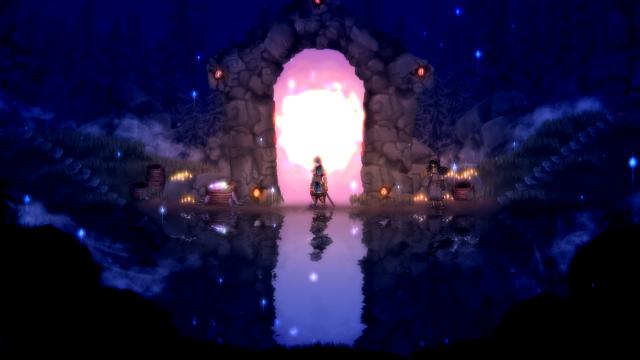
But the other side of that coin is that it's tough to view Salt and Sacrifice as anything but inferior to the original. If you really liked Salt and Sanctuary and just want more of that, then you’ll find it here, albeit with a bit more Monster Hunter than you may be used to. If you were hoping for a meaningful innovation on the original, however, then you may find yourself disappointed. The Salt games are in an awkward spot now, having mish-mashed several wildly successful ideas from other titles, but being unable to make them fit together into an identity of their own. Hopefully, if we get a third entry, Ska Studios will be able to make it all coalesce.
Now, if you'll excuse me, I need to go scrub my computer clean of the foul forces that have defiled it.
VGChartz Verdict
6
Decent
This review is based on a copy of Salt and Sanctuary for the PC








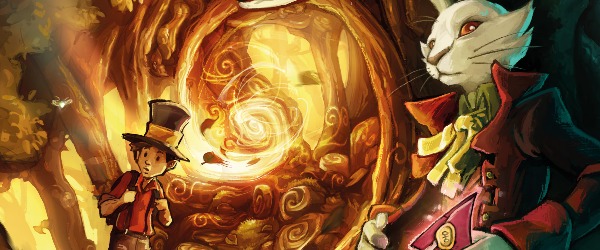
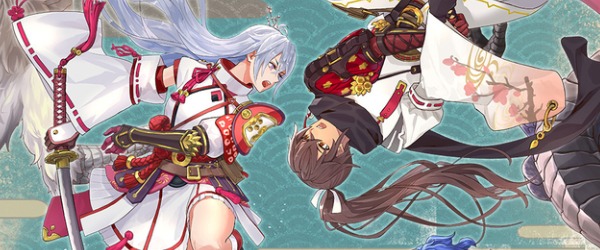
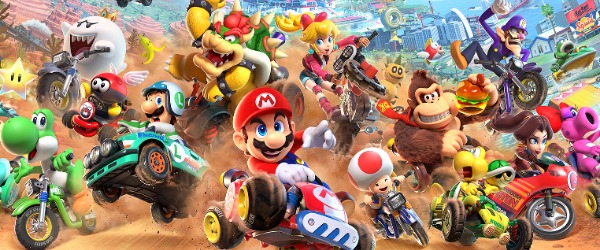
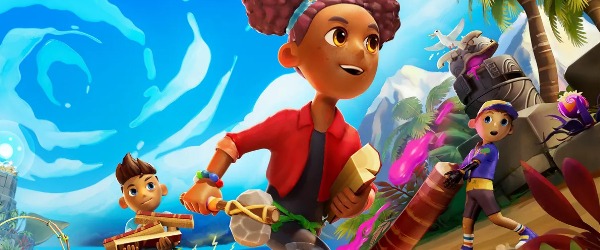












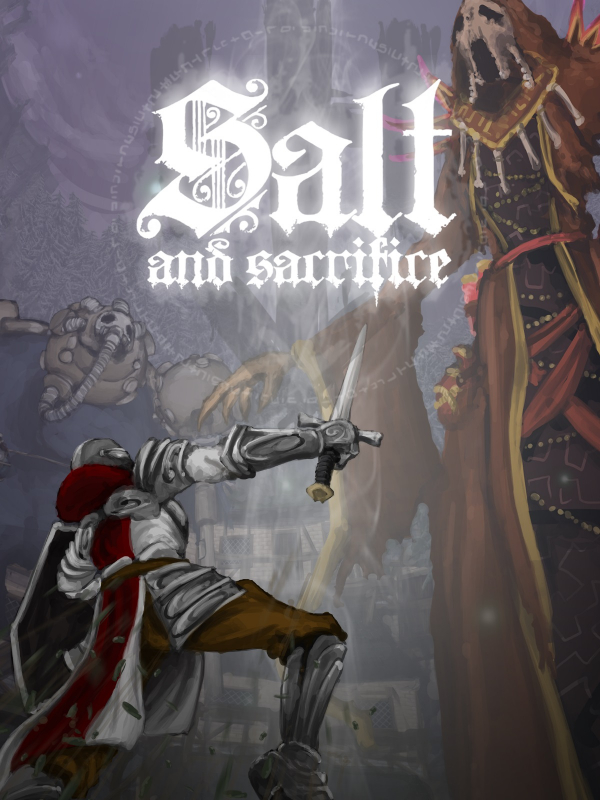



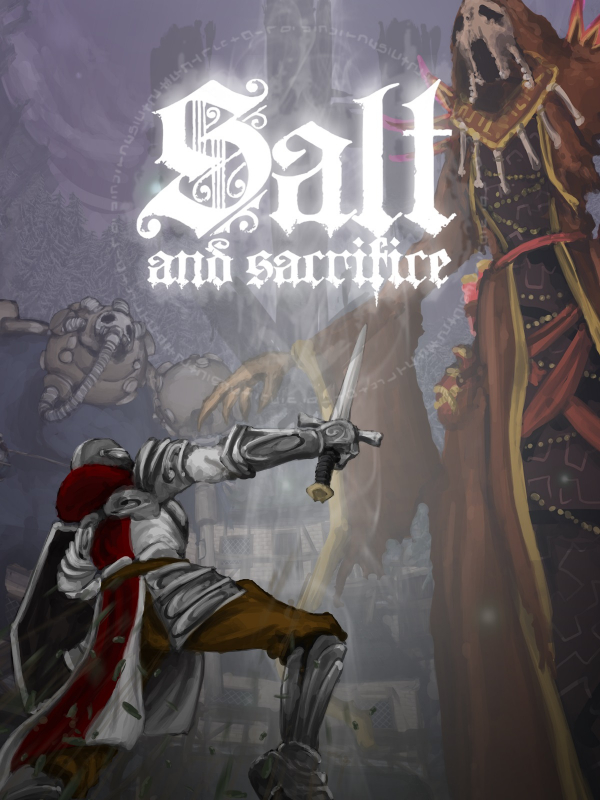

 Essay Pro
Essay Pro